
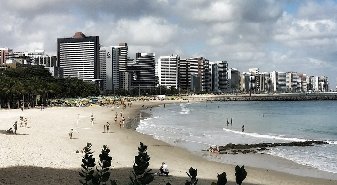
Ceará carries on improving every aspect. Latest figures from the quarterly report of the General Coordination of Labor Immigration (CGIL), show an increase of foreigners that invest in the state.

Gustavo Montezano, president of Banco Nacional de Desenvolvimento Econômico e Social, stated at the Brazil 2019 Investment Forum, that Brazil is at the lowest historical level of interest. The current interest rate in Brazil is just 2%, showing the potential of Brazil.

Ceará is once again the fastest growing state in terms of international tourists. According to data from the National Civil Aviation Agency (ANAC), from January to August 2019, Ceará increased foreign visitors coming to the state using direct flights by 74%.
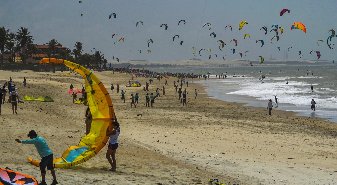
Ceará has broken the Guinness World Record by having 596 kite surfers in the clear water of the Atlantic coast at the same time over a 2 km route.
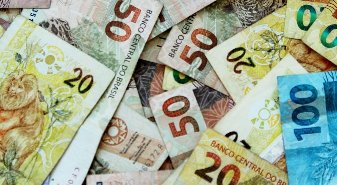
The economy of Ceará grew at twice the national rate in the second quarter of 2019. The gross domestic product (GDP) of Ceará, between April and June this year, closed at 2.08%. Which shows an increase compared to the same period last year.
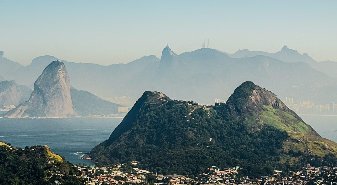
The willingness to invest in Brazil is one of the highest in Latin America. Also, compared to the same period a year ago, Brazil’s GDP grew by 1.0%. Also, a 3.2% jump in fixed investment and a 0.7% rise in industrial production helped drive the expansion
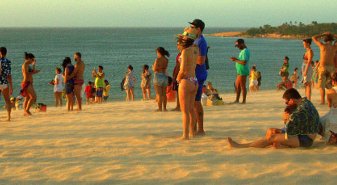
The Fortaleza Airport increased by 99% the number of foreigners in the first half of this year. There have been 129.400 visitors only counting direct international flights. Pernambuco ranks second with 118.900, and Bahia in third place with 115,000 tourists.

There is more good news for Ceará. Not only aspects such as tourism or economy are improving. Unemployment in Ceará has decreased drastically over the last years.
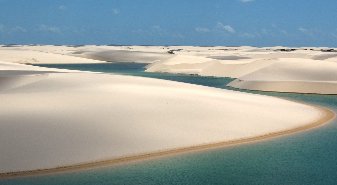
Ceará’s economy carries on growing in 2019. Here is an overview of what and why economy improves in Ceará surpassing the national average.
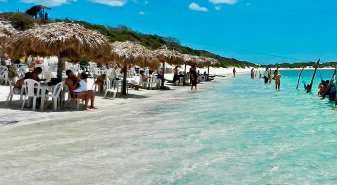
According to the Brazilian Institute of Research Services Monthly Geography and Statistics (IBGE), the State was the fastest growing in the whole country in volume of tourist activities. Figures show an increase of 9.9%, a rate almost three times higher than the average of Brazil in the first half.

The reform proposes that the minimum retirement age will be raised to 65 years for men. Also, 62 years for women having to pay more money for a longer period of time into the system. R$42 billion (around $12 billion) is supposed to get injected into the economy over the next 18 months.

Brazil is predicting a noteworthy increase in the agriculture production this year. The production of cereals, legumes and oil seeds for this year is estimated at 236 million tons. This shows an increase of 4.2% compared to last year.

The Institute of Economic Research and Strategy of Ceará (IPEC) has published new data regarding households in Brazil. In 2018 the number of households in Ceará increased by 3.7% compared to 2017, totalling 110 billion new units.

Foreign investors are returning to the Brazilian market – The latest statistics published by the Central Bank of Brazil show a strong increase since April 2018. Banco Central do Brazil stated that from January until may in 2019, Brazil attracted foreign direct investment (FDI) inflows of more than US$28.1bn (€24.8bn).

Fortaleza will receive about R $ 1.5 billion in public investment. The main areas that the government aims to cover are Health, Education, Social Protection, Culture, Sport, Urbanization, Environment, Infrastructure, Transport and Mobility.